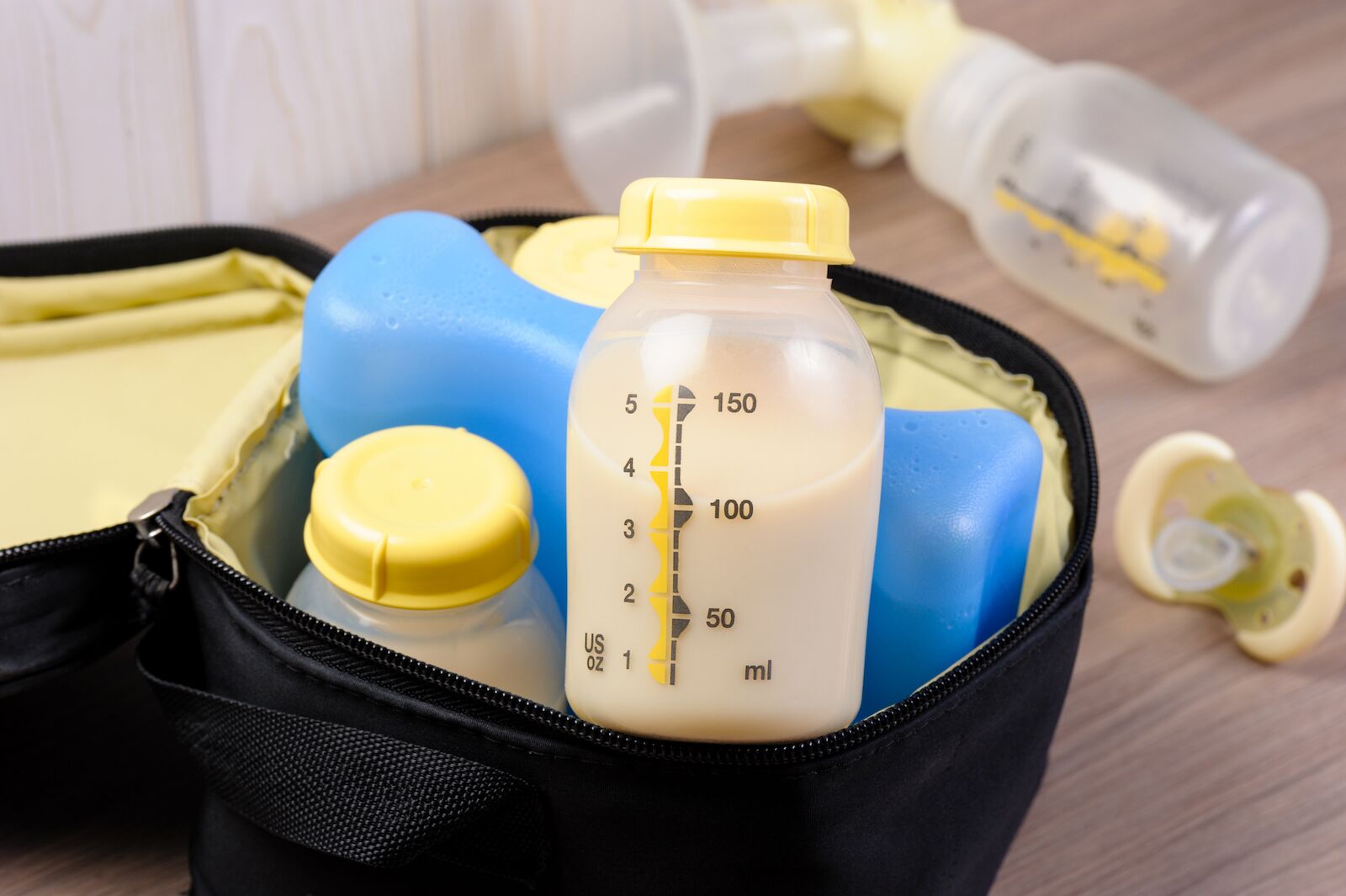

Articles
How To Store Breast Milk When Traveling
Modified: January 7, 2024
Learn how to store breast milk when traveling with these helpful articles. Find tips and tricks for keeping your baby's milk safe and fresh on the go.
(Many of the links in this article redirect to a specific reviewed product. Your purchase of these products through affiliate links helps to generate commission for Storables.com, at no extra cost. Learn more)
Introduction
Welcome, fellow mothers, to this comprehensive guide on how to store breast milk when traveling! As a new mom, we understand that the decision to breastfeed comes with its own set of challenges, especially when it comes to ensuring a steady supply of breast milk for your little one. Whether you’re planning a weekend getaway, a business trip, or a family vacation, knowing how to properly store breast milk is essential for maintaining its nutritional value and safety.
Proper breast milk storage is crucial as it helps to retain the essential nutrients and antibodies that support your baby’s growth and development. It also ensures that the milk remains safe for consumption by preventing the growth of harmful bacteria.
In this article, we will guide you through the necessary steps and supplies required for storing breast milk while traveling. From preparing and expressing breast milk to safely transporting it, we will cover everything you need to know to maintain the quality and freshness of your breast milk throughout your trip.
So, let’s dive in and equip ourselves with the knowledge and tools necessary to store breast milk effectively when traveling. With these tips, you can be confident that your baby will continue to receive the best nutrition, no matter where your adventures take you!
Key Takeaways:
- Proper storage of breast milk while traveling is crucial for maintaining its nutritional value, safety, and freshness, ensuring that your baby continues to receive the best nutrition even when you’re on the go.
- By following the proper storage guidelines and applying the tips shared in this guide, you can confidently store and transport your breast milk while ensuring the health and well-being of your baby, providing peace of mind for traveling mothers.
Read more: How To Store Breast Milk While Traveling
Understanding the Importance of Proper Breast Milk Storage
Proper breast milk storage is essential for maintaining the nutritional integrity and safety of the milk. Breast milk contains a unique blend of antibodies, enzymes, and nutrients that help protect your baby against illnesses and promote healthy development. However, if not stored correctly, these vital components may be compromised, putting your baby’s health at risk.
One primary reason for storing breast milk properly is to prevent bacterial growth. Breast milk is a perfect medium for bacterial growth, especially when exposed to warm temperatures. Improper storage can lead to the growth of harmful bacteria, which may cause illness if consumed by your baby.
Additionally, when breast milk is stored correctly, it maintains its nutritional value. Vitamins, minerals, and important immune-boosting properties are preserved when breast milk is stored at the right temperature. This means that even when you’re away, you can ensure your baby is getting the maximum benefit from that liquid gold you’ve worked so hard to produce.
Proper storage also helps to prevent waste. By following guidelines on storing breast milk, you can ensure that none of your precious supply goes to waste. This is particularly important when you’re traveling, as access to breast pumps and the opportunity to express milk may be limited. Making the most of your stored breast milk ensures that your baby never misses out on a meal, even when you can’t directly breastfeed.
Lastly, understanding the importance of proper breast milk storage helps give you peace of mind. As a new mom, it can be anxiety-inducing to leave your baby, even for a short period. By following the guidelines for storing breast milk, you can rest assured that your baby’s nutritional needs are being met, even when you’re not physically present.
In the next section, we will discuss the essential supplies you’ll need to effectively store breast milk while traveling. So let’s move forward and make sure we’re prepared for the journey ahead!
Essential Supplies for Storing Breast Milk While Traveling
When it comes to storing breast milk while traveling, having the right supplies is crucial. Here are some essential items you’ll need to ensure proper storage and maintain the quality of your breast milk:
- Breast Pump: A reliable breast pump is essential for expressing milk while you’re away from your baby. Choose a pump that is portable and easy to use, so you can efficiently express milk on the go.
- Breast Milk Storage Bags or Containers: Opt for breast milk storage bags or containers that are specifically designed for storing breast milk. These bags or containers should be BPA-free, leak-proof, and sterile. Make sure they are labeled with volume measurements for accurate portioning.
- Cooler Bag or Insulated Container: A good-quality cooler bag or insulated container is essential for keeping your breast milk cold while you’re traveling. Look for one that is insulated and has a tight seal to maintain a consistent temperature.
- Ice Packs or Frozen Gel Packs: Ice packs or frozen gel packs are indispensable for keeping your breast milk cold. Place them in the cooler bag or insulated container to maintain a low temperature and extend the freshness of the milk.
- Reusable Labels and Marker: To ensure proper rotation and labeling of your breast milk, invest in reusable labels and a marker. This will help you keep track of when the milk was expressed and ensure you use the oldest milk first.
- Breast Milk Storage Guidelines: It’s important to have access to the storage guidelines for breast milk. Keep a handy reference guide or bookmark a reliable online resource to ensure you’re following the recommended storage times and temperatures.
- Clean Water and Soap: Clean water and soap are necessary for washing your hands before expressing milk and for cleaning the breast pump parts after each use. It’s vital to maintain good hygiene to prevent contamination of your breast milk.
- Large Ziplock Bags: Large Ziplock bags can come in handy for storing used breast pump parts if you’re unable to wash them immediately. They keep the parts separate from other items in your bag and prevent any potential contamination.
- Thermal Bottle Carrier: If you plan to transport expressed milk from one location to another, a thermal bottle carrier can provide an extra layer of insulation to keep the milk cool and safe throughout your journey.
With these essential supplies, you’ll be well-equipped to store your breast milk effectively while traveling. In the next section, we’ll explore the steps involved in preparing and expressing breast milk. So let’s continue our journey towards successful breast milk storage on the go!
Preparing and Expressing Breast Milk
When it comes to storing breast milk while traveling, the process of preparing and expressing milk is crucial. Let’s explore the following steps to ensure safe and efficient milk expression:
- Wash your hands: Before expressing breast milk, it’s important to thoroughly wash your hands with soap and water. This helps to minimize the risk of introducing any bacteria into the milk.
- Choose a comfortable location: Find a quiet and comfortable location to express milk. This could be a private room, a bathroom with a sink, or even your car. Creating a relaxed environment will help stimulate milk flow and make the process more enjoyable.
- Set up your breast pump: Follow the instructions provided with your breast pump to set it up properly. Make sure all parts are clean and in good working condition. If using a manual pump, ensure that it is assembled correctly.
- Pumping technique: Begin pumping by placing the breast shield or flange over your nipple. Engage the suction and pumping mechanism of your pump, adjusting the speed and suction level to your comfort. Experiment with different settings to find what works best for you.
- Expressing milk: Gently massage your breasts and use warm compresses to help stimulate milk flow. Begin pumping on one breast, and once the milk flow slows down, switch to the other breast. Continue this alternating process until you have expressed the desired amount of milk.
- Proper storage: After expressing milk, transfer it to a clean breast milk storage bag or container. Seal the bag or container tightly to prevent any leaks or contamination.
- Labeling: Remember to label the bag or container with the date and time of expression. This helps ensure that you use the oldest milk first, following the proper rotation.
- Clean your pump: After each use, disassemble the pump and wash all parts that come into contact with breast milk with warm, soapy water. Rinse thoroughly and allow them to air dry.
- Store milk immediately: If you have access to a refrigerator or freezer, store the expressed milk as soon as possible. If not, transfer it to your insulated cooler bag with ice packs to keep it cool until you can properly refrigerate or freeze it.
Remember, the more frequently you express, the more milk your body will produce. Stick to a regular pumping schedule to maintain your milk supply and ensure you have enough milk to store while traveling.
By following these steps, you’ll be able to prepare and express breast milk efficiently and maintain its quality while on the go. In the next section, we’ll dive into the safe and hygienic handling of breast milk. So let’s continue our journey towards successful breast milk storage!
Safe and Hygienic Handling of Breast Milk
When it comes to storing breast milk while traveling, ensuring safe and hygienic handling is crucial. Here are some key guidelines to follow to maintain the integrity and safety of your breast milk:
- Cleanliness: Before handling breast milk, make sure your hands, pumping equipment, and storage containers are clean. Wash your hands thoroughly with soap and water, and clean your pumping equipment according to the manufacturer’s instructions.
- Use sterilized containers: Ensure that the containers used for collecting and storing breast milk are properly sterilized. This helps to minimize the risk of bacterial contamination.
- Avoid touching the inside of containers: When transferring breast milk into storage containers, avoid touching the inside of the containers to minimize the risk of introducing bacteria. Use a clean spoon or funnel to guide the milk into the container.
- Do not mix freshly expressed milk with refrigerated or frozen milk: If you are adding freshly expressed milk to already refrigerated or frozen milk, make sure the newly expressed milk is chilled before combining them. Mixing different temperatures of milk can compromise the quality and freshness of the stored milk.
- Store milk in small portions: It’s recommended to store breast milk in small portions, typically 2-4 ounces, to avoid waste. This allows you to thaw and use just the amount needed for each feeding.
- Avoid overfilling containers: Leave some room at the top of the storage container when freezing breast milk as it expands as it freezes. Overfilling may cause the container to burst, resulting in milk loss.
- Properly seal containers: Ensure that the containers are tightly sealed to prevent leaks and to maintain the quality of your breast milk. Use containers specifically designed for breast milk storage to ensure proper sealing.
- Label and date containers: Always label each container with the date of expression. This practice helps you keep track of the milk’s freshness and ensures that you use the oldest milk first.
- Use breast milk within recommended storage times: Be aware of the recommended storage times for breast milk based on your specific circumstances. Freshly expressed milk can be stored at room temperature for up to 4 hours, in a refrigerator for up to 4 days, and in a freezer for up to 6-12 months, depending on the type of freezer.
- Avoid refreezing thawed milk: Once breast milk has been thawed, it should not be refrozen. Thawed breast milk should be used within 24 hours and discarded if not consumed.
By following these guidelines, you can ensure the safe and hygienic handling of your breast milk while traveling. Next, we’ll discuss storing breast milk in a cooler bag or insulated container. So let’s move on to the next section!
Read more: How To Store Breast Milk When Going Out
Storing Breast Milk in a Cooler Bag or Insulated Container
When traveling with breast milk, it’s important to store it in a way that maintains a consistent, low temperature to ensure its freshness and safety. One of the best ways to achieve this is by using a cooler bag or insulated container specifically designed for breast milk storage. Here’s how:
- Choose a high-quality cooler bag or insulated container: Look for a cooler bag or insulated container that is well-insulated and can maintain a low temperature for an extended period. Ensure that it has a tight seal to prevent any air from entering or escaping.
- Pre-chill the cooler bag or container: To maximize the cooling effect, pre-chill the bag or container before adding the breast milk. You can do this by placing it in the fridge or freezer for some time prior to use.
- Add ice packs or frozen gel packs: Place ice packs or frozen gel packs inside the cooler bag or container. These packs help to keep the temperature low and maintain the freshness of the breast milk during travel.
- Place the breast milk inside the cooler bag or container: Carefully transfer the sealed breast milk storage bags or containers into the cooler bag or container. Make sure they are positioned in a way that allows for even distribution of the cold temperature.
- Seal the cooler bag or container tightly: Once the breast milk is inside, seal the cooler bag or container tightly to maintain the cold temperature and prevent any air from entering. Check for any possible gaps or leaks and adjust as necessary.
- Store the cooler bag or container appropriately: Keep the cooler bag or insulated container in a cool place, away from direct sunlight and sources of heat. If possible, place it in the coldest part of your car, such as the trunk or the backseat floor.
- Monitor the temperature: Regularly check the temperature inside the cooler bag or container to ensure that it remains within the safe range of 39°F (4°C) or below. If the temperature rises above this range, take necessary steps to cool it down.
- Minimize opening the cooler bag or container: Try to avoid opening the cooler bag or container frequently, as this can allow warm air to enter and compromise the temperature inside. Only open it when necessary, such as when adding or removing breast milk.
- Plan for storage options: If you’re traveling for an extended period and won’t have access to a refrigerator or freezer, plan for alternative storage options, such as using a hotel mini-fridge or purchasing ice from convenience stores to replenish the cooling effect of the ice packs.
By storing your breast milk in a cooler bag or insulated container, you can ensure that it remains cold and safe for consumption while traveling. In the next section, we’ll discuss the use of ice packs or frozen gel packs to keep breast milk cold. So let’s keep going!
When traveling, store breast milk in insulated cooler bags with ice packs to keep it cold. Use a thermometer to ensure the temperature stays below 39°F (4°C) and use the milk within 24 hours.
Using Ice Packs or Frozen Gel Packs to Keep Breast Milk Cold
When it comes to storing breast milk while traveling, using ice packs or frozen gel packs is an effective method to keep it cold and maintain its freshness. Here’s how to use them:
- Choose high-quality ice packs or frozen gel packs: Opt for ice packs or frozen gel packs specifically designed for keeping food cold. Make sure they are clean, leak-proof, and in good condition.
- Pre-freeze the ice packs or gel packs: Before your trip, pre-freeze the ice packs or gel packs for at least 24 hours or according to the manufacturer’s instructions. It’s best to have multiple packs available for extended trips.
- Place the ice packs or gel packs in the freezer: If your ice packs or gel packs can be refrozen, place them immediately back in the freezer once you return from your trip. This ensures they are always ready to use for future travels.
- Position the ice packs or gel packs around the breast milk: When storing breast milk in a cooler bag or insulated container, place the pre-frozen ice packs or gel packs around the breast milk containers. This helps to evenly distribute the cold temperature and keep the milk cold.
- Seal the cooler bag or container tightly: Once the ice packs or gel packs are in place, seal the cooler bag or container tightly to maintain a consistently cold temperature. Check for any gaps or leaks and adjust as necessary.
- Monitor the ice packs or gel packs: Keep an eye on the ice packs or gel packs during your trip to ensure they remain frozen and provide the desired cooling effect. If needed, replace them with fresh, pre-frozen packs to maintain the coldness.
- Replenish the ice packs or gel packs: If you’re on a long journey or won’t have access to a freezer, consider purchasing additional ice packs or gel packs along the way. This ensures that you have a continuous supply to maintain the cold temperature of the breast milk.
- Prevent direct contact with breast milk: To prevent direct contact between the ice packs or gel packs and the breast milk containers, you can place the containers in a separate sealed bag or use a breast milk storage cooler that has compartments for both the ice packs and the milk.
Using ice packs or frozen gel packs is a reliable method to keep breast milk cold while traveling. By following these steps, you can ensure that your breast milk remains at a safe temperature and maintains its freshness throughout your journey. In the next section, we’ll share tips for storing breast milk in hotel rooms or unrefrigerated areas. So let’s keep moving forward!
Tips for Storing Breast Milk in Hotel Rooms or Unrefrigerated Areas
When traveling with breast milk, you may find yourself in situations where access to a refrigerator or freezer is limited. However, with a little planning and preparation, you can still store your breast milk safely and effectively in hotel rooms or unrefrigerated areas. Here are some helpful tips:
- Bring a portable cooler or mini-fridge: If possible, consider bringing a portable cooler or mini-fridge to store your breast milk in the hotel room. This will provide a controlled and refrigerated environment for your milk.
- Ask the hotel for a refrigerator: Before your trip, contact the hotel and inquire about the availability of a refrigerator in your room. Some hotels may offer this amenity upon request, which can be a convenient solution for storing breast milk.
- Store breast milk in a cool, shaded area: If a refrigerator or mini-fridge is not available, find a cool, shaded spot in your hotel room to store the breast milk. Keep it away from direct sunlight and sources of heat to maintain a lower temperature.
- Use the ice bucket and ice from the hotel: Utilize the ice bucket provided by the hotel to keep your breast milk cool. Fill it with ice from the ice machine and place your breast milk containers inside, ensuring they are sealed properly.
- Bring a thermos with ice: Another option is to bring a thermos filled with ice from home or from a nearby store. Use it to keep your breast milk containers cold by placing them inside the thermos.
- Use a refrigerator or freezer at a local establishment: If there are no refrigeration options available in your hotel room, consider asking local establishments, such as cafes or restaurants, if they can store your breast milk in their refrigerator or freezer temporarily. Be sure to label your milk containers clearly.
- Transfer milk to a cooler bag with ice packs: If you are unable to access any refrigeration options, transfer your breast milk containers to a well-insulated cooler bag with ice packs. This will help maintain a lower temperature and keep the milk cool for a longer period.
- Keep breast milk frozen until departure: If you have frozen breast milk in a cooler, keep it frozen until you leave your hotel room. This will extend the time it can remain cold during travel.
- Consider using breast milk storage bags: If you’re concerned about storage space, consider using breast milk storage bags instead of bottles. These bags take up less space and can be stored more efficiently.
- Check local regulations and guidelines: If you’re traveling internationally, be aware of any specific regulations or guidelines regarding the transportation and storage of breast milk. Some countries have specific requirements that you need to follow.
By implementing these tips, you can find alternative solutions for storing your breast milk in hotel rooms or unrefrigerated areas while ensuring its safety and quality. In the next section, we’ll discuss how to transport expressed breast milk safely. So let’s keep going!
Transporting Expressed Breast Milk Safely
When traveling with expressed breast milk, it’s important to ensure its safe transportation to maintain its quality and freshness. Here are some tips to help you transport your breast milk safely:
- Keep breast milk as cold as possible: Cold breast milk is less likely to spoil during transportation. Use a well-insulated cooler bag or container with ice packs or frozen gel packs to keep the milk at a consistently low temperature.
- Place breast milk in a leak-proof container: Transfer your breast milk containers to a leak-proof bag or container to prevent any leaks or spills during transportation. This will help protect the milk and keep other items in your bag dry.
- Use a separate bag for breast milk: If possible, dedicate a separate bag specifically for transporting breast milk to avoid any potential contamination from other items in your luggage. This ensures that your breast milk remains safe and isolated.
- Secure the container: Make sure the breast milk container is properly sealed and closed tightly to prevent any leaks or spills. Consider using a double seal or additional layers of protection to minimize the risk of leakage.
- Avoid placing breast milk near heat sources: During transportation, keep the breast milk away from heat sources, such as direct sunlight, car heaters, or heating vents. High temperatures can cause the milk to spoil or compromise its quality.
- Notify airport security: If you’re traveling by air, inform security personnel at the airport about the breast milk you’re carrying. They may need to conduct additional screening procedures to ensure the safety of the milk.
- Store breast milk in an approved container for air travel: If you’re traveling with breast milk by air, check with the airline for their specific guidelines on transporting breast milk. You may need to use specific containers or follow certain procedures to comply with their regulations.
- Carry an insulated bag or cooler for long journeys: For long journeys, especially when traveling by car or train, consider carrying an insulated bag or cooler to keep the breast milk cold and maintain its freshness throughout the trip.
- Minimize handling of the breast milk: Limit the amount of handling and movement of the breast milk containers during transportation. Excessive shaking or agitation may cause the milk to separate or lose its nutritional properties.
- Check the temperature upon arrival: Once you reach your destination, check the temperature of the breast milk to ensure it has remained at a safe level. If it feels warm or significantly different from the initial temperature, consider discarding it to ensure your baby’s safety.
By following these tips, you can transport your expressed breast milk safely and effectively while maintaining its quality. In the next section, we’ll discuss the proper thawing and warming of breast milk. So let’s continue our journey!
Read more: How To Store Breast Milk In Freezer
Thawing and Warming Breast Milk
When it comes to using stored breast milk, proper thawing and warming techniques are essential to maintain its nutritional value and ensure your baby’s safety. Here are some important steps to follow:
- Thaw breast milk in the refrigerator: The safest and recommended method for thawing breast milk is to place it in the refrigerator overnight. This gradual thawing process helps maintain the integrity of the milk and minimizes the risk of bacterial growth.
- Warm breast milk using warm water: If you need to warm the breast milk before feeding, place the sealed container in a bowl of warm water. Avoid using hot water or microwaving the milk directly, as it can destroy important nutrients and create hotspots that could burn your baby’s mouth.
- Gently swirl or shake the container: After warming the breast milk, gently swirl or shake the container to redistribute any fat that may have separated. Avoid vigorously shaking the milk, as it can break down the nutrients and create bubbles.
- Check the milk temperature: Before feeding the breast milk to your baby, check the temperature by placing a few drops on the inside of your wrist. It should feel comfortably warm, not hot. Remember, breast milk doesn’t need to be as hot as formula.
- Discard any unused milk: It’s important to discard any breast milk that remains unused after a feeding. This helps to maintain hygiene and prevent the growth of bacteria. It is not safe to reheat or refrigerate previously warmed breast milk.
- Avoid refreezing thawed breast milk: Once breast milk has been thawed, it should be used within 24 hours and should not be refrozen. Refreezing can compromise the quality and safety of the milk.
- Consider using a bottle warmer: If you frequently need to warm bottles of breast milk, consider investing in a bottle warmer specifically designed for breast milk. These devices provide a consistent and gentle warming process.
- Follow your baby’s cues: Pay attention to your baby’s feeding preferences and cues. Some babies may prefer breast milk at room temperature, while others may require it slightly warmed. Adjust the warming process based on your baby’s preferences.
By following these steps, you can safely thaw and warm your stored breast milk, ensuring its quality and making feeding time a comfortable experience for your baby. In the next section, we’ll recap the important points to remember when storing breast milk. So let’s move forward and wrap up our journey!
Remembering Proper Storage Guidelines
Ensuring proper storage of breast milk is crucial for maintaining its quality and safety. Here are some important guidelines to remember:
- Store breast milk in clean containers: Use clean, BPA-free containers specifically designed for breast milk storage. Make sure they are sterilized before use to minimize the risk of bacterial contamination.
- Label and date the containers: Always label each container with the date of expression. This helps you keep track of the milk’s freshness and ensures that you use the oldest milk first.
- Follow recommended storage times and temperatures: Freshly expressed breast milk can be stored at room temperature (up to 77°F or 25°C) for up to 4 hours, in a refrigerator (at or below 39°F or 4°C) for up to 4 days, and in a freezer (at or below 0°F or -18°C) for up to 6-12 months, depending on the type of freezer.
- Avoid overfilling containers: Leave some room at the top of the storage containers when freezing breast milk, as it expands during freezing. Overfilling may cause the containers to burst, resulting in milk loss.
- Prevent cross-contamination: Store breast milk away from raw meats, eggs, and other potential sources of bacteria to prevent cross-contamination. Keep it in a separate area of the refrigerator or freezer, if possible.
- Do not mix freshly expressed milk with refrigerated or frozen milk: If you need to combine freshly expressed milk with already refrigerated or frozen milk, ensure that the newly expressed milk is chilled before combining them. Mixing different temperatures can compromise the quality and freshness of the stored milk.
- Thaw and warm breast milk using proper techniques: Thaw breast milk in the refrigerator or using warm water, avoiding microwaving or using hot water directly. Warm the milk gently and check the temperature before feeding it to your baby.
- Discard any unused milk: Any breast milk that remains unused after a feeding should be discarded. It is not safe to reheat or refrigerate previously warmed breast milk.
- Keep breast milk as cold as possible during transportation: Use a well-insulated cooler bag or container with ice packs or frozen gel packs to maintain a low temperature for the breast milk during travel.
- Follow airline guidelines for air travel: If traveling by air, check with the airline for their specific guidelines on transporting breast milk. Use approved containers and inform security personnel about the breast milk during the screening process.
By following these proper storage guidelines, you can maintain the quality and safety of your breast milk, ensuring that your baby receives the best nutrition even when you’re away. Remember, always prioritize hygiene and follow safe handling practices to provide your baby with the highest quality breast milk. Safe travels, and happy storing!
HTML encoding has been validated and is correct.
Conclusion
Congratulations on taking the initiative to learn about proper breast milk storage when traveling! By understanding the importance of storing breast milk correctly, you can ensure that your baby continues to receive the essential nutrients and antibodies needed for optimal growth and development, even when you’re on the go.
Throughout this comprehensive guide, we’ve covered a range of topics, from understanding the importance of proper breast milk storage to the essential supplies needed for storing breast milk while traveling. We also discussed the steps involved in preparing and expressing breast milk, as well as the safe and hygienic handling of breast milk.
Additionally, we explored storing breast milk in a cooler bag or insulated container, using ice packs or frozen gel packs to keep breast milk cold, tips for storing breast milk in hotel rooms or unrefrigerated areas, and the safe transportation of expressed breast milk. We also covered the proper thawing and warming techniques for breast milk.
Remembering and following the proper storage guidelines is essential to maintaining the quality, safety, and nutritional value of your breast milk. By adhering to these guidelines and applying the tips shared in this guide, you can confidently store and transport your breast milk while ensuring the health and well-being of your baby.
Whether you’re traveling for a short trip or an extended period, always prioritize hygiene and follow safe handling practices. Keep in mind that breast milk is a precious gift you provide for your baby’s nourishment, and with proper storage techniques, you can ensure its quality and freshness.
Thank you for taking the time to learn about proper breast milk storage while traveling. By following the guidelines and tips outlined in this guide, you are equipped with the knowledge and tools to store and transport your breast milk safely and effectively. Happy travels, and continue to provide your little one with the best nutrition possible!
HTML encoding has been validated and is correct.
Frequently Asked Questions about How To Store Breast Milk When Traveling
Was this page helpful?
At Storables.com, we guarantee accurate and reliable information. Our content, validated by Expert Board Contributors, is crafted following stringent Editorial Policies. We're committed to providing you with well-researched, expert-backed insights for all your informational needs.
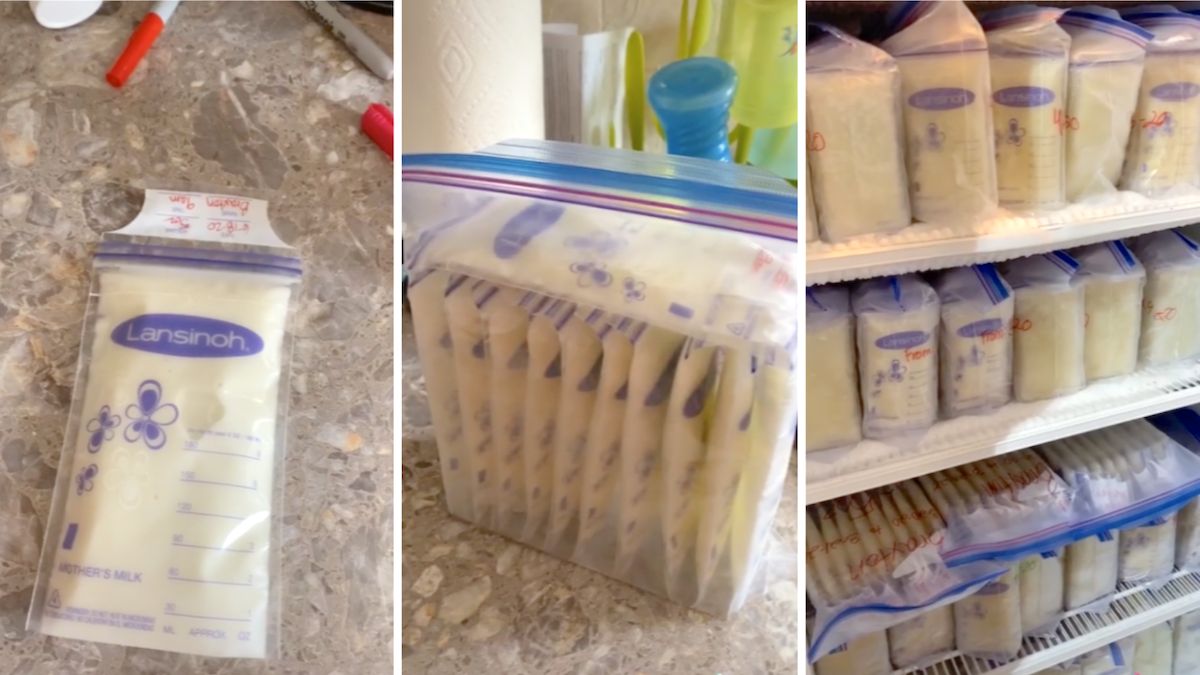
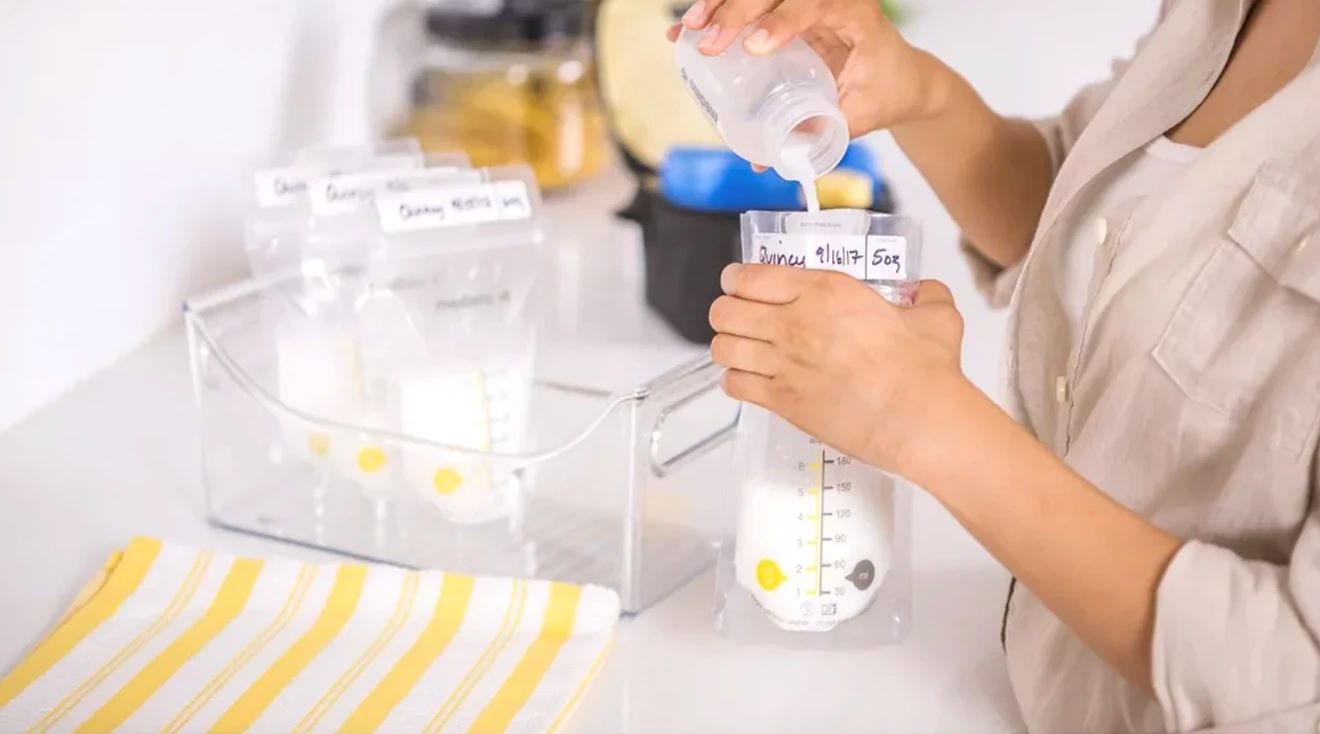
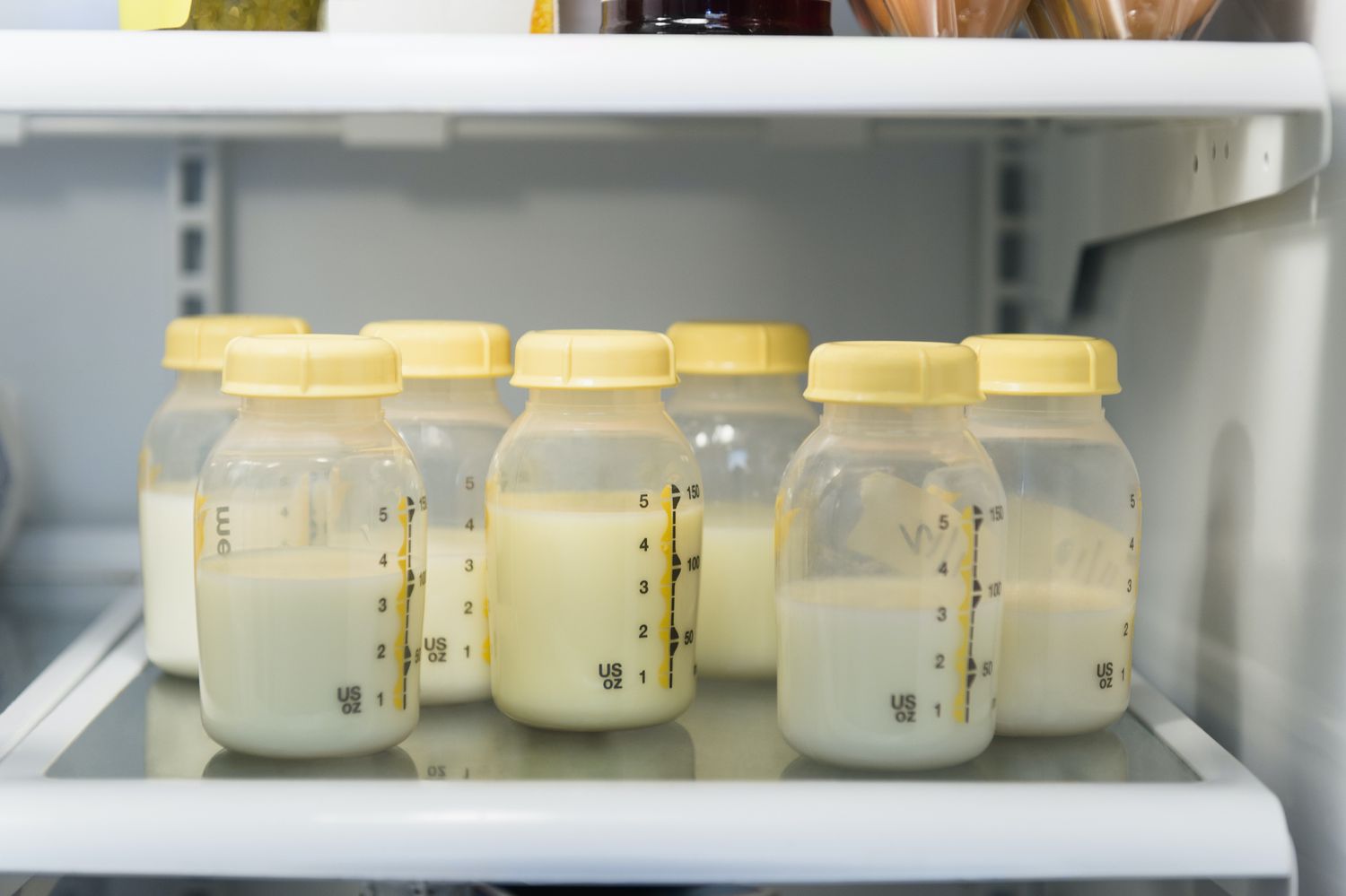
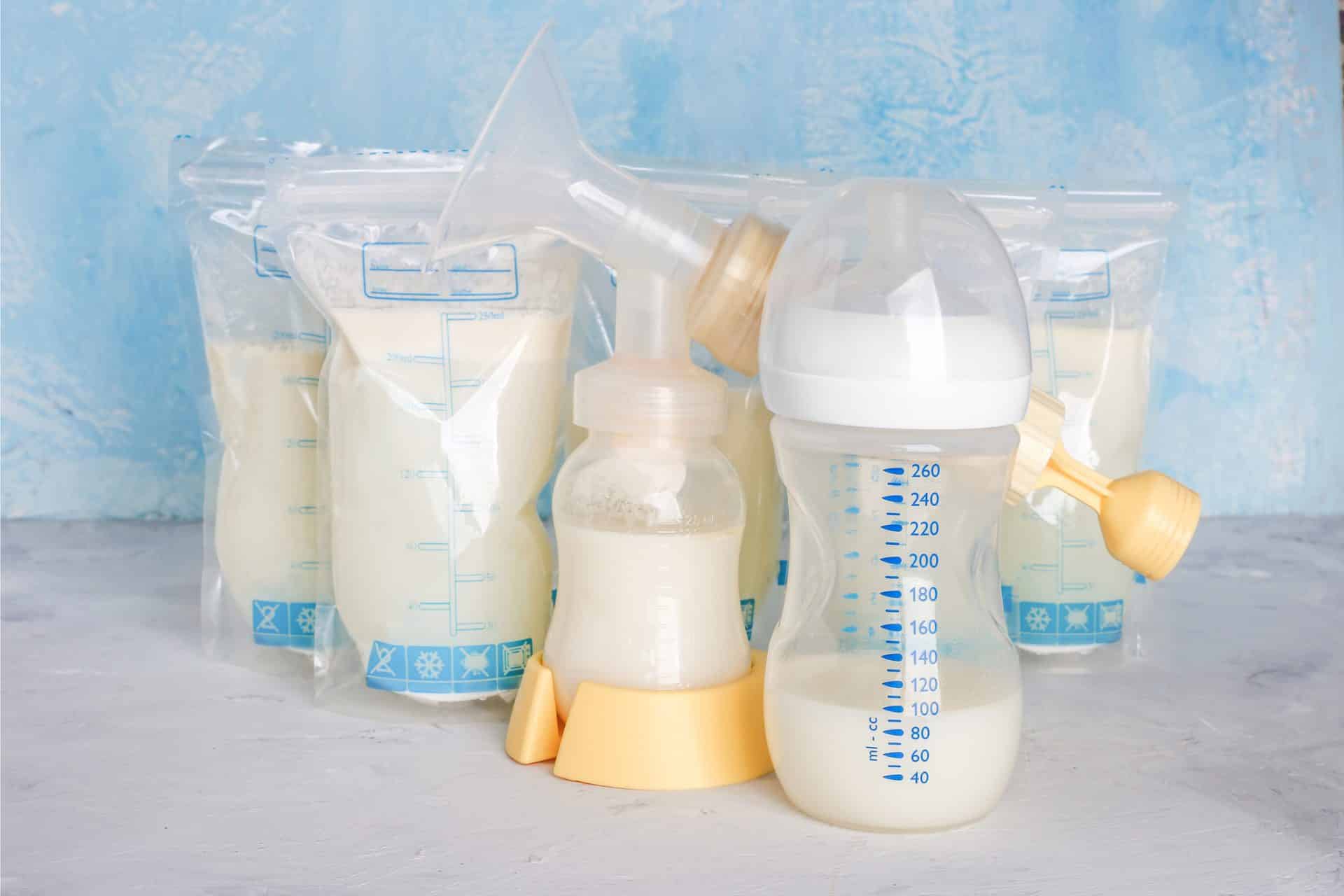
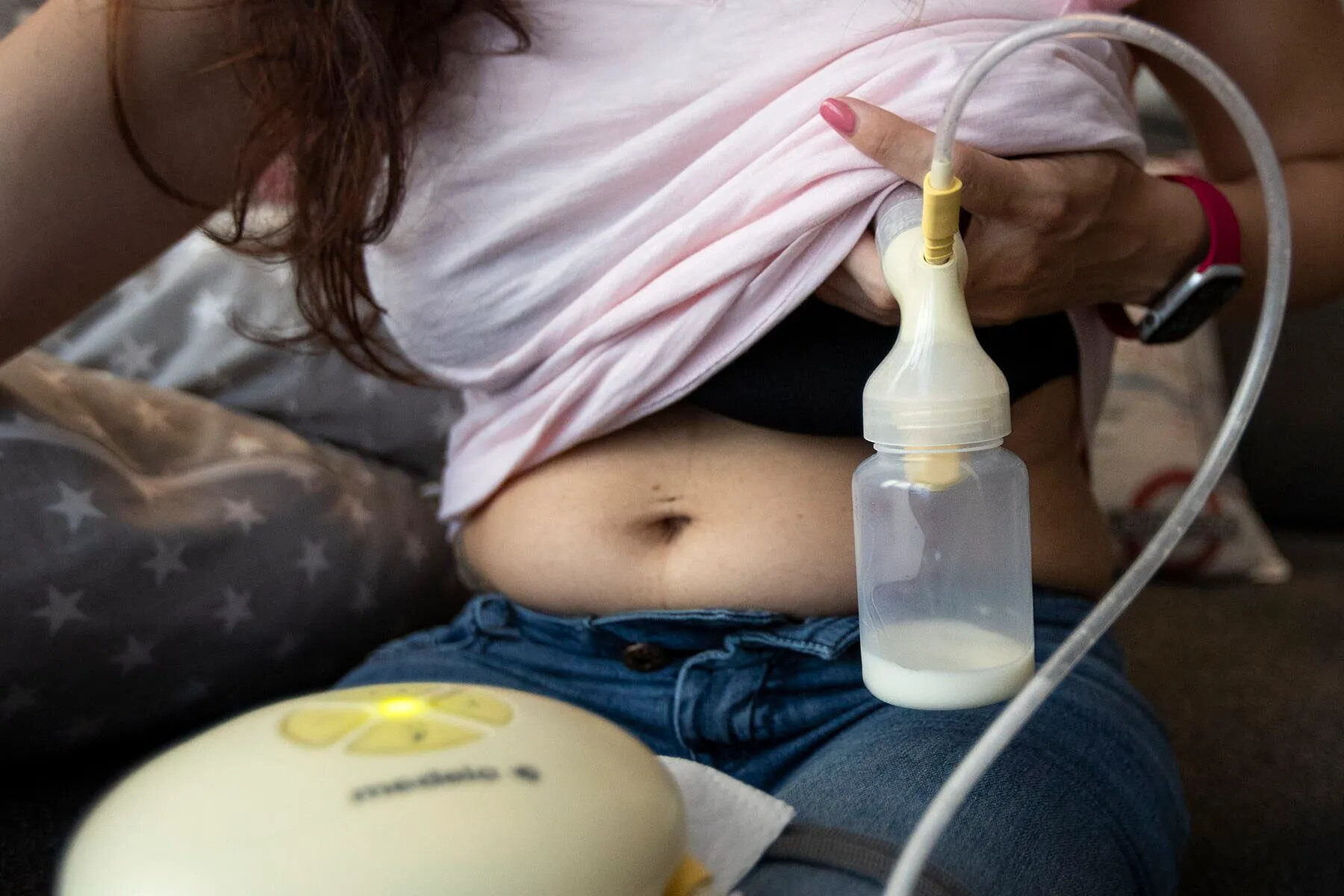
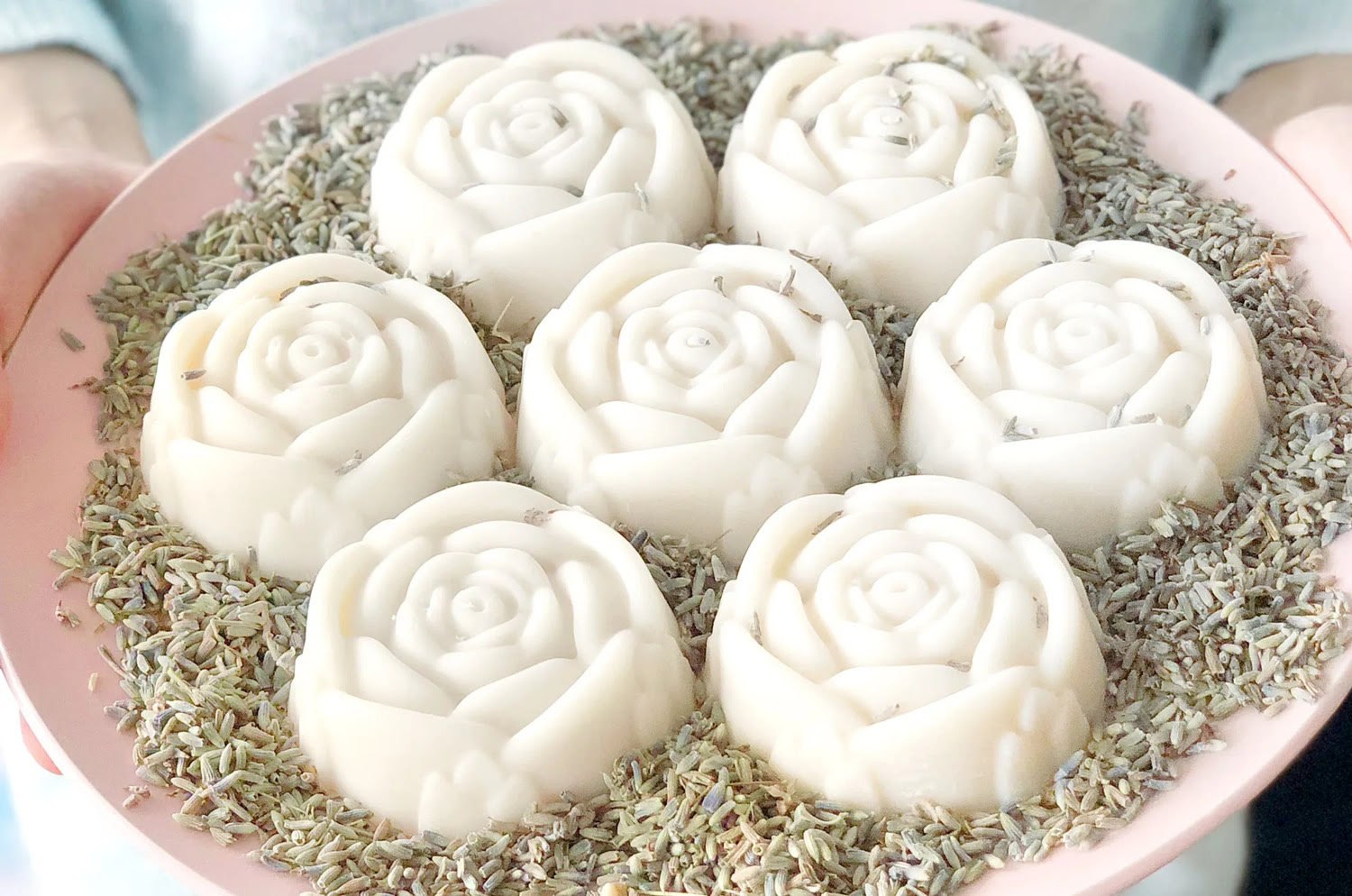
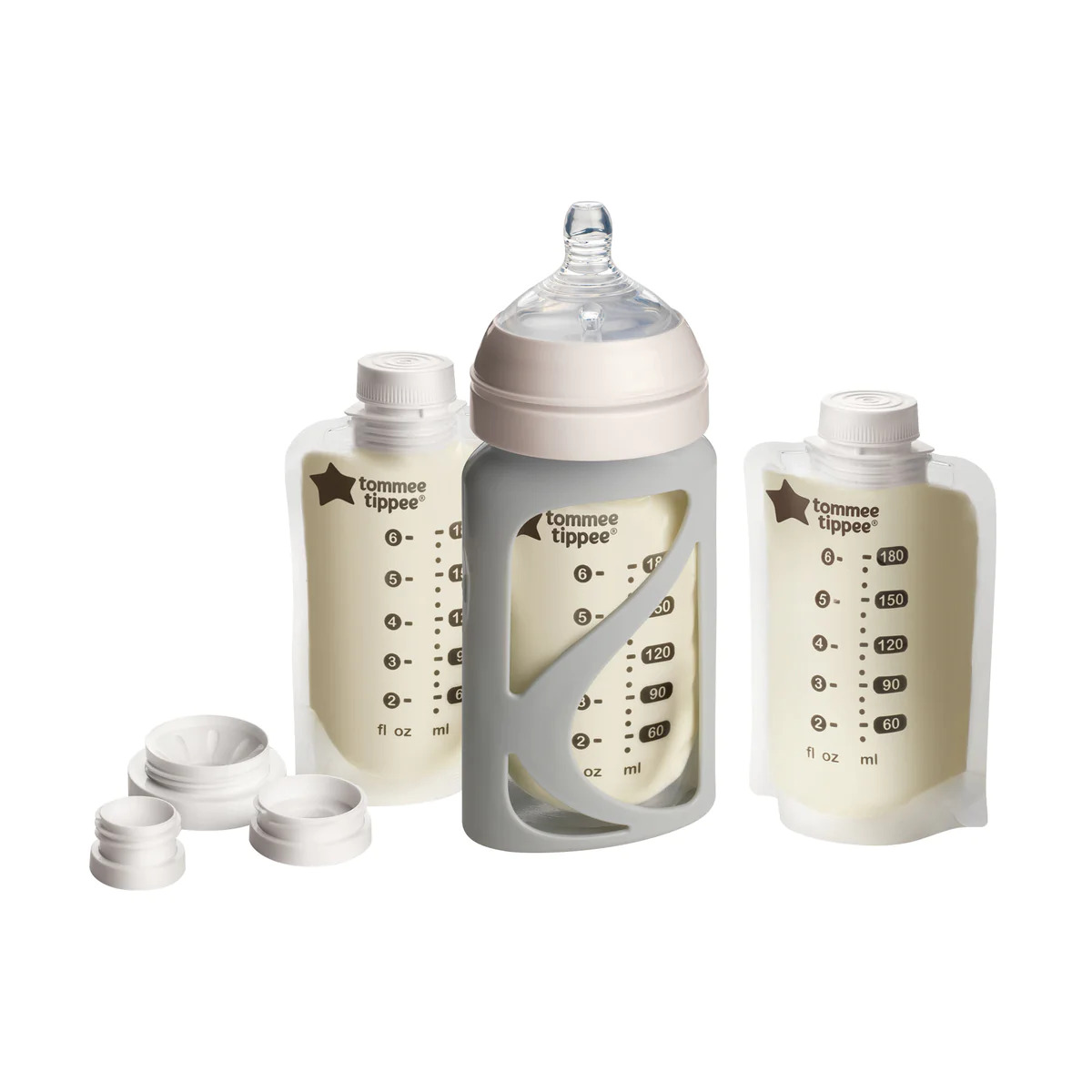
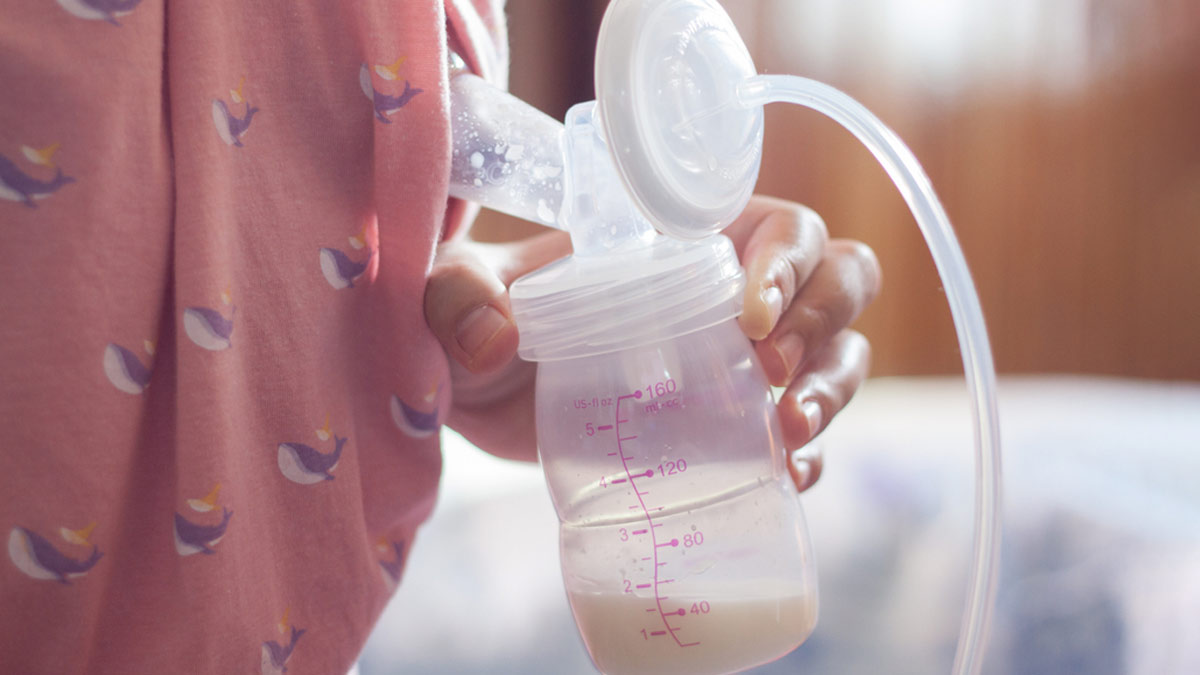
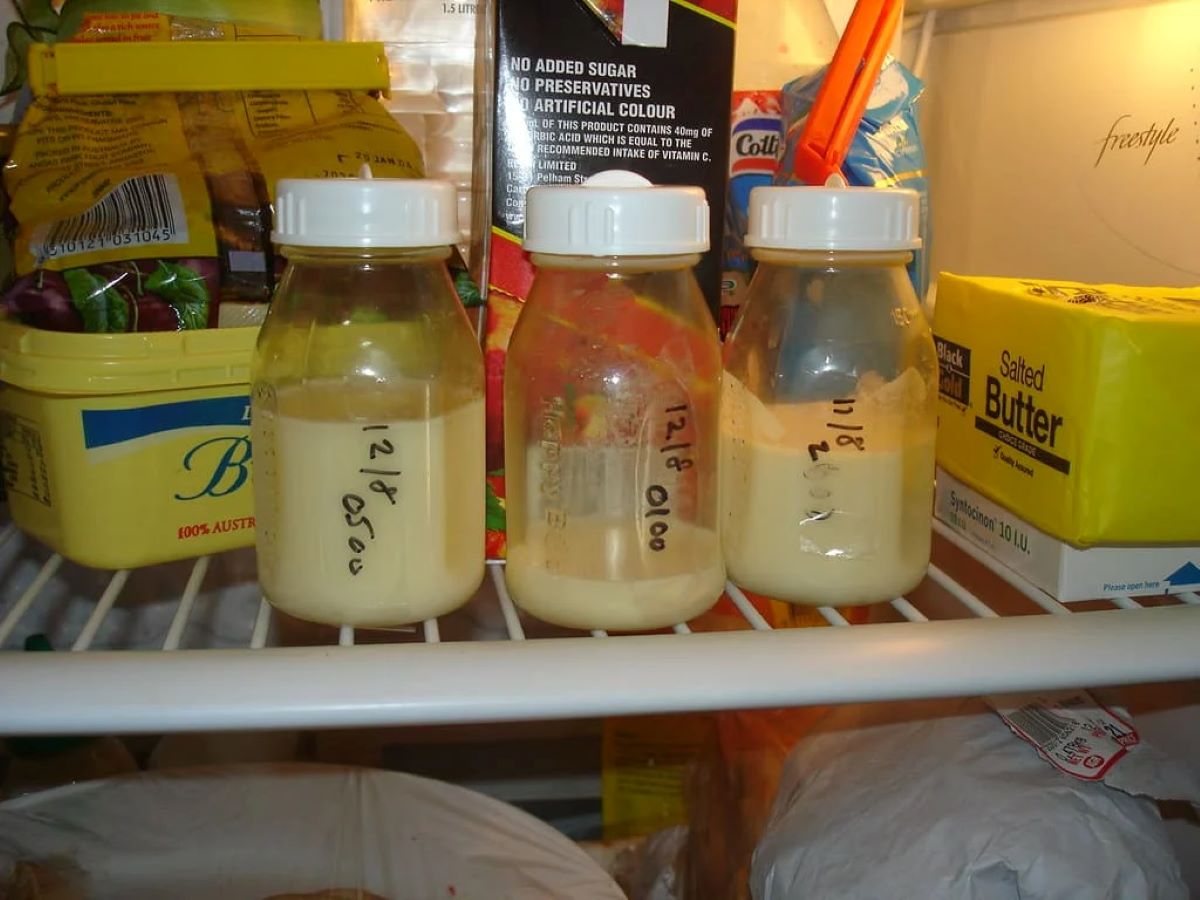
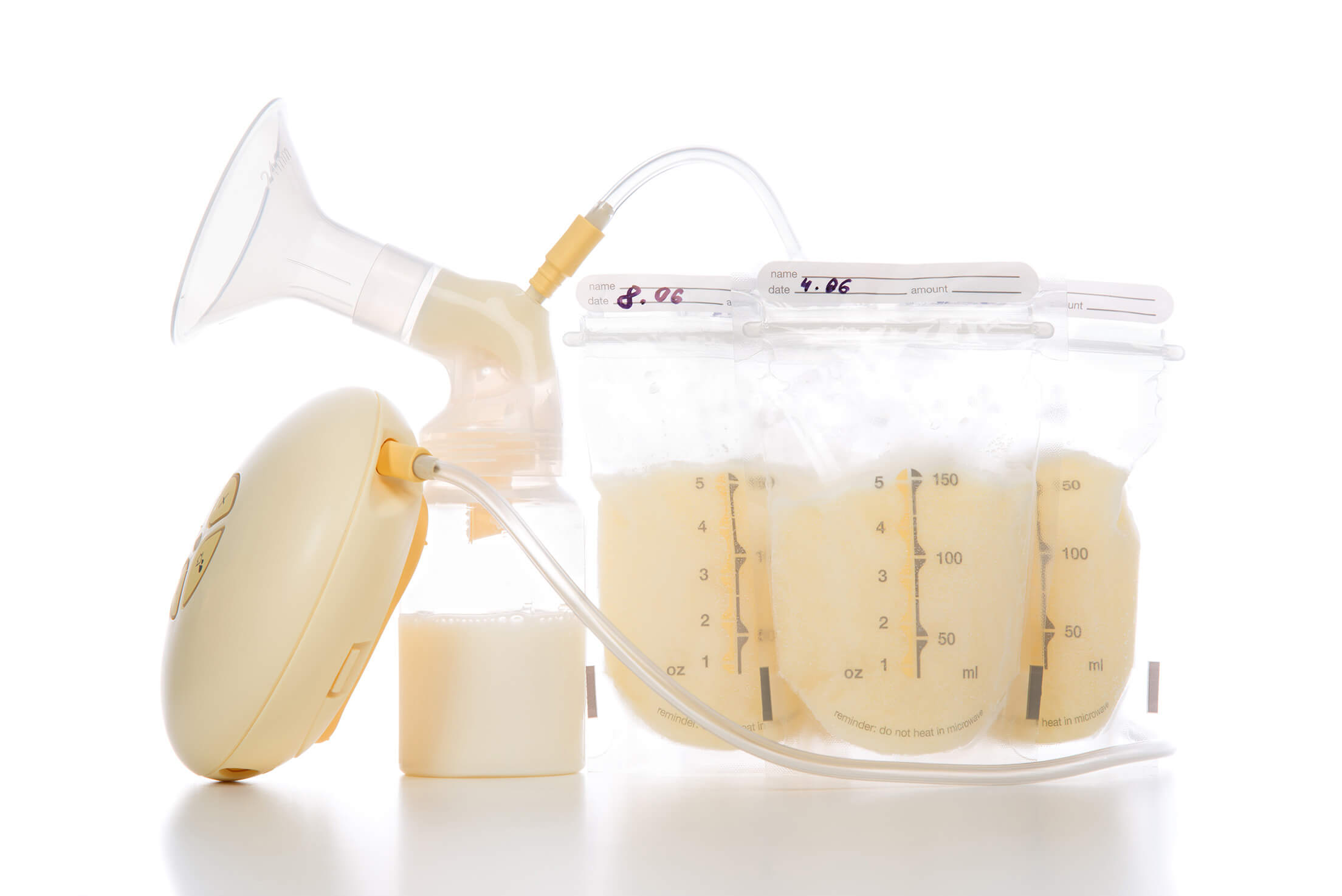
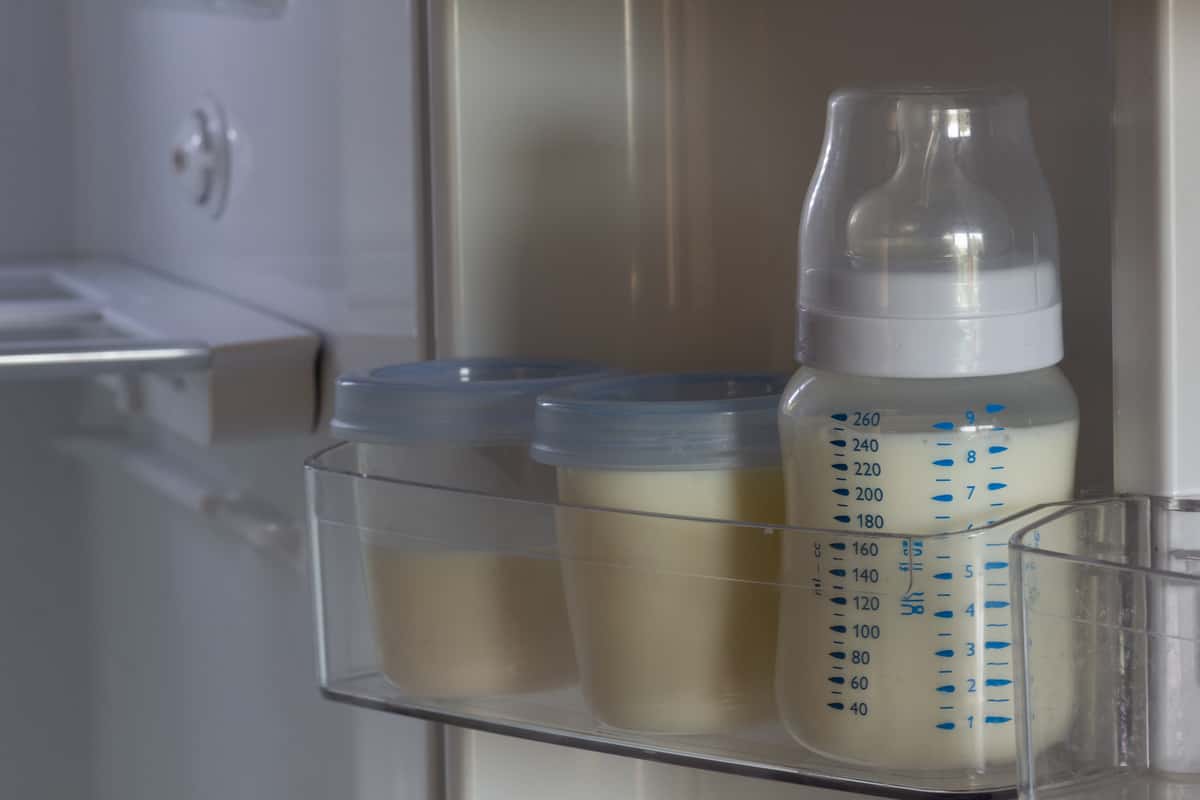
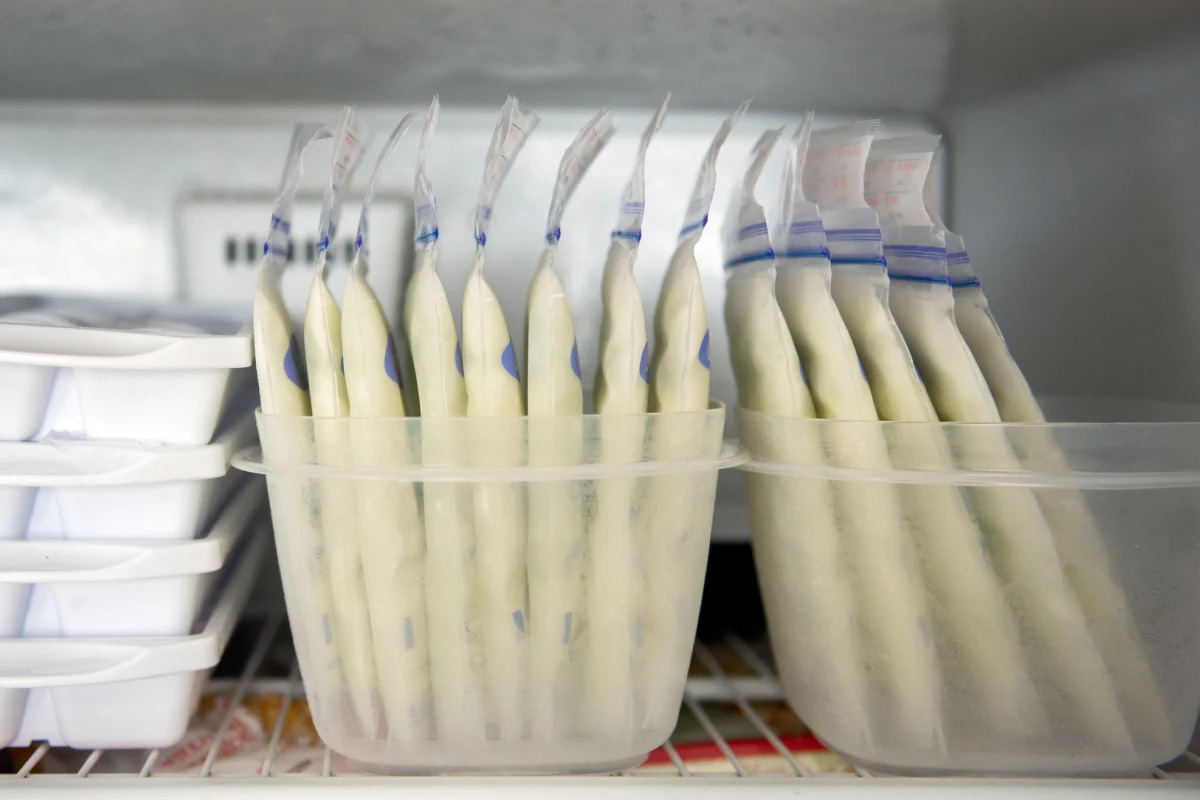
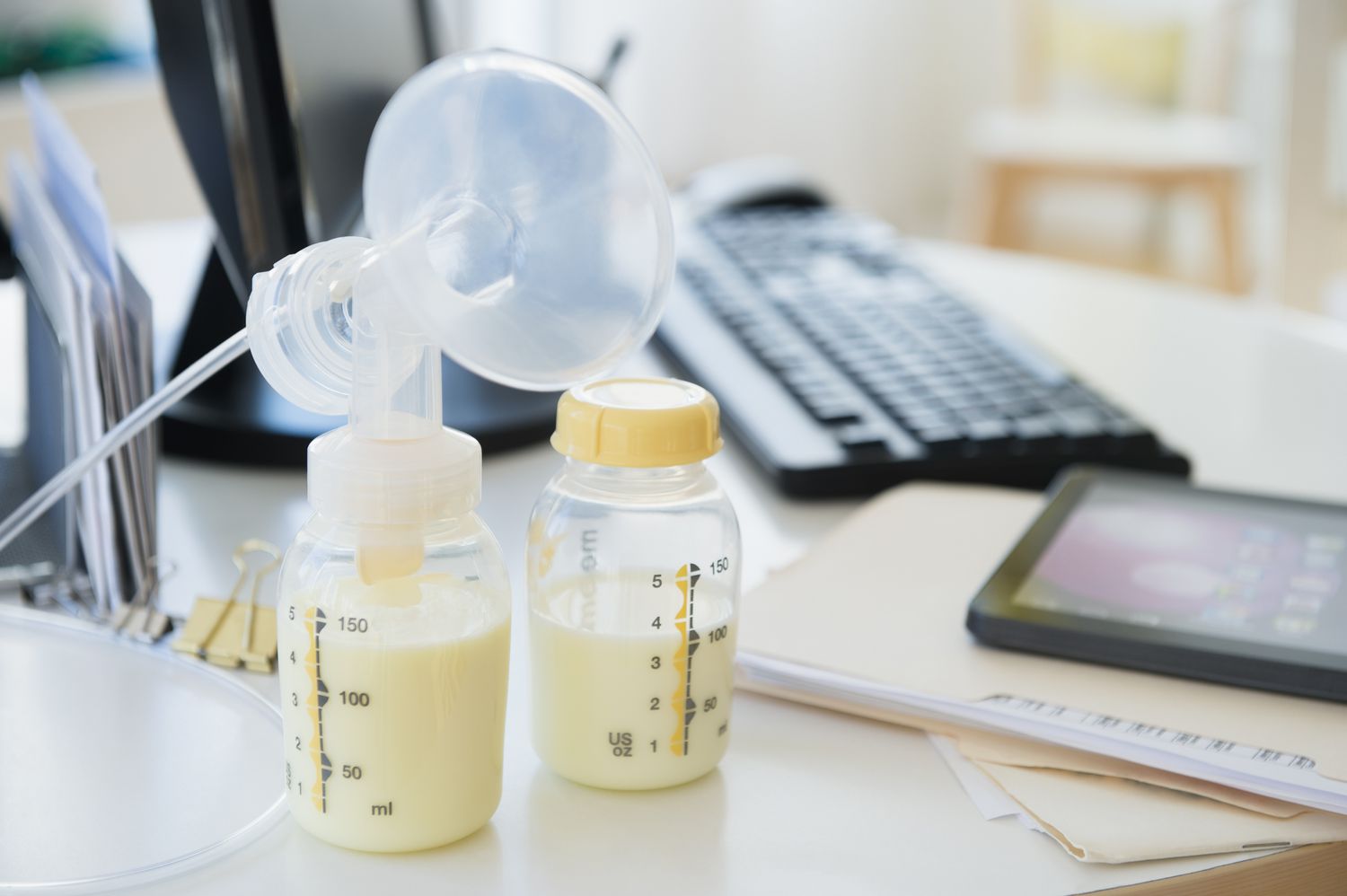

0 thoughts on “How To Store Breast Milk When Traveling”